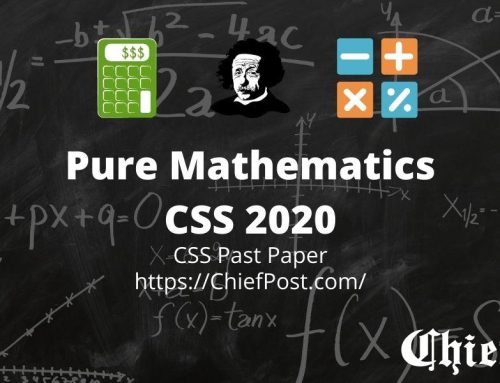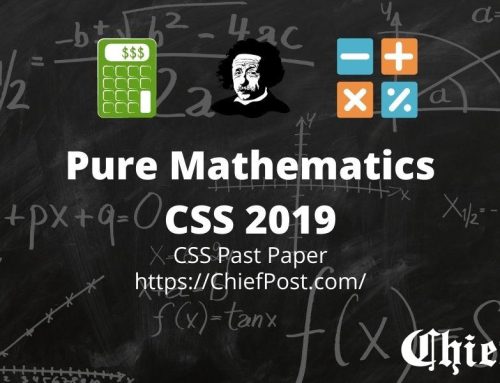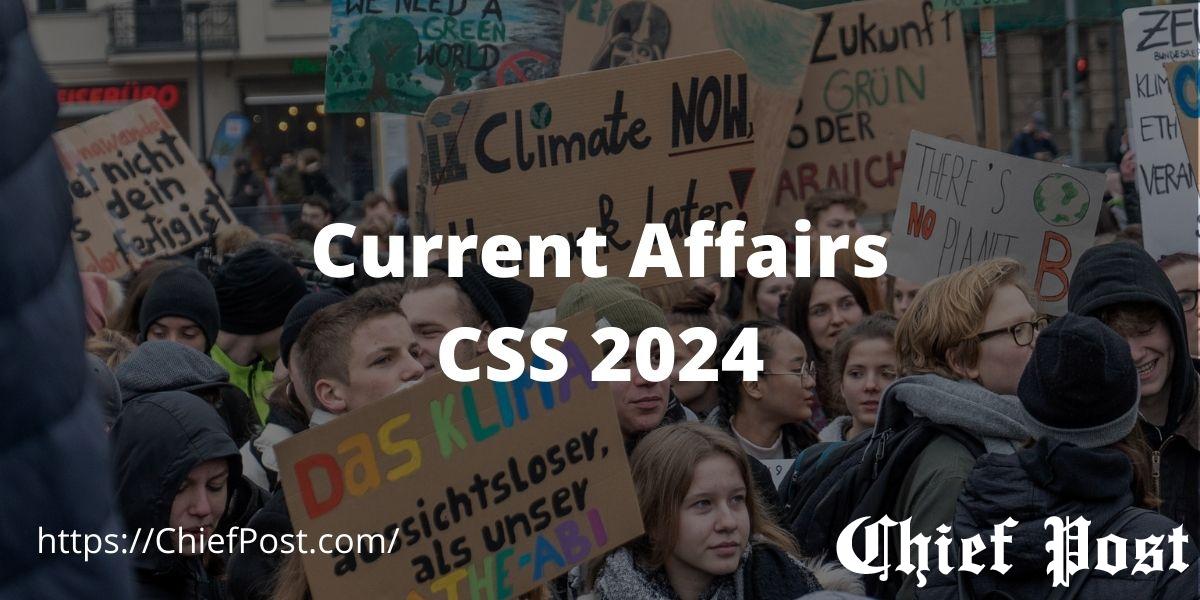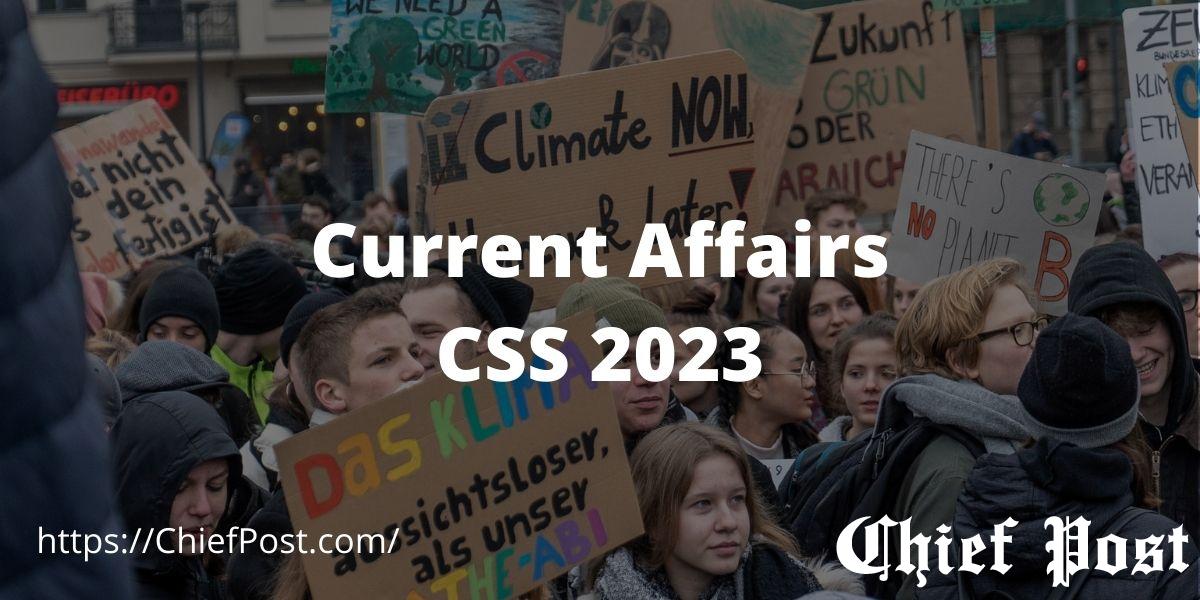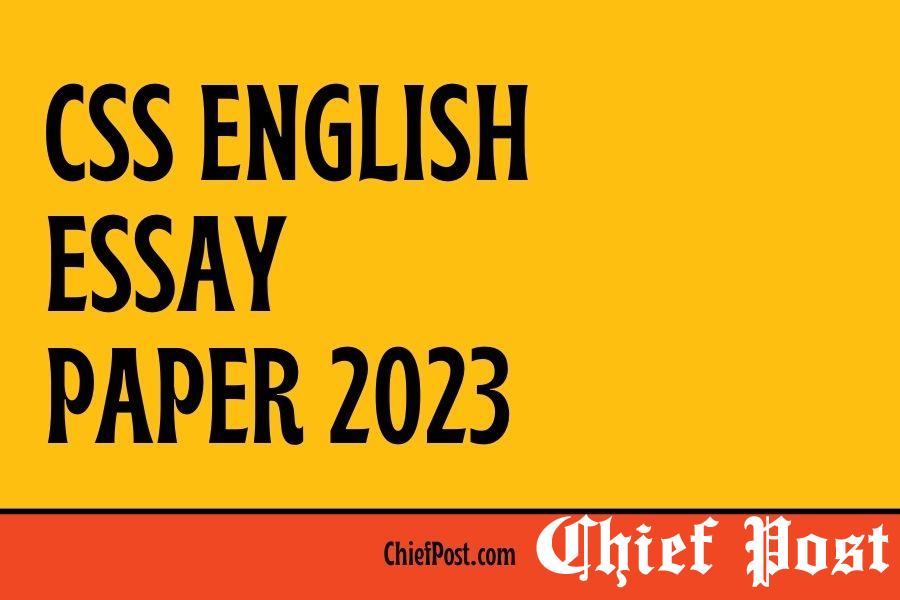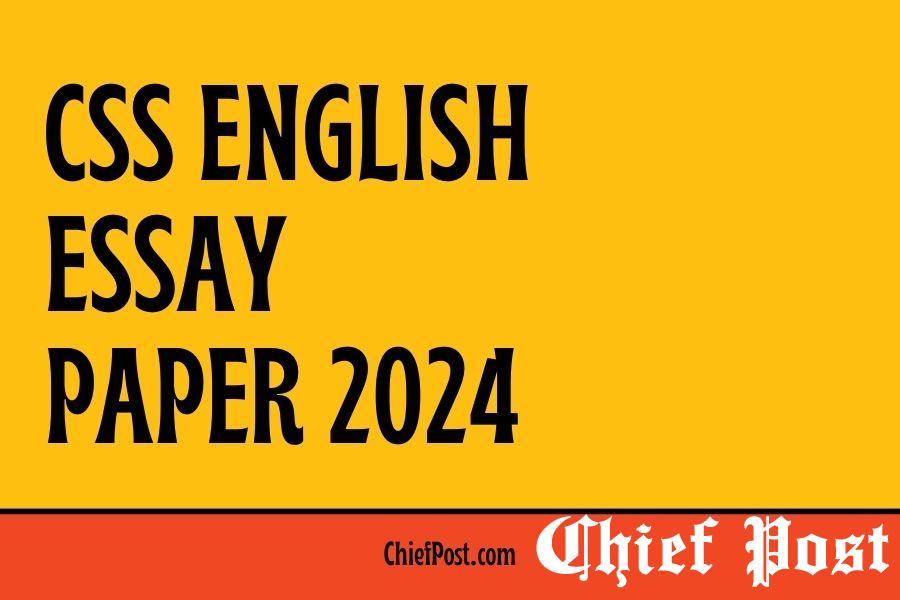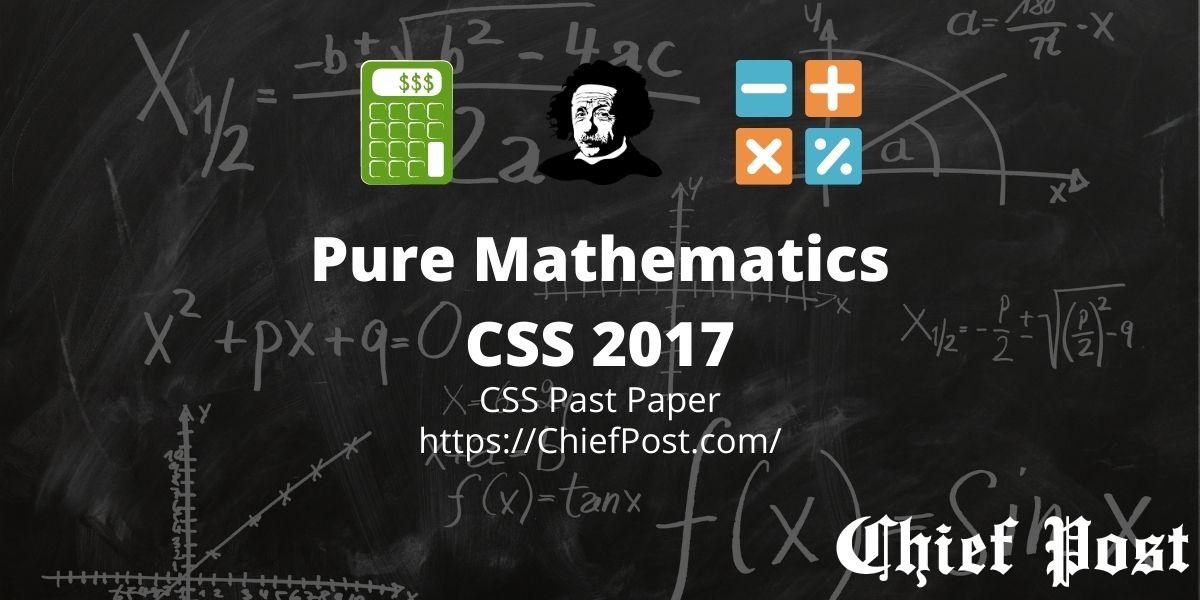
Pure Mathematics 2017 — CSS Past Paper
FEDERAL PUBLIC SERVICE COMMISSION
COMPETITIVE EXAMINATION-2017
FOR RECRUITMENT TO POSTS IN BS-17
UNDER THE FEDERAL GOVERNMENT
PURE MATHEMATICS
TIME ALLOWED: THREE HOURS
PART-I(MCQS): MAXIMUM 30 MINUTES
PART-I (MCQS) MAXIMUM MARKS = 20
PART-II MAXIMUM MARKS = 80
NOTE:
- (i) Attempt ONLY FIVE questions from PART-II. ALL questions carry EQUAL marks.
- (ii) All the parts (if any) of each Question must be attempted at one place instead of at different places.
- (iii) Candidate must write Q. No. in the Answer Book in accordance with Q. No. in the Q.Paper.
- (iv) No Page/Space be left blank between the answers. All the blank pages of Answer Book must be crossed.
- (v) Extra attempt of any question or any part of the attempted question will not be considered.
- (vi) Use of calculator is allowed.
PART-II
SECTION-A
Q. No. 1.
(a)
Let H, K be subgroups of a group G. Prove that HK is a subgroup of G if and only if HK=KH. (10)
(b)
If N, M are normal subgroups of a group G, prove that
NM/M ≅N/N∩M.
(10) (20)
Q. No. 2.
(a)
If R is a commutative ring with unit element and M is an ideal of R then show that M is a maximal ideal of R if and only if R/M is a field. (10)
(b)
If F is a finite field and 𝛼≠0,𝛽≠0 are two elements of F then show that we can find elements a and b in F such that
1+𝛼𝑎2+𝛽𝑏2=0.
(10) (20)
Q. No. 3.
(a)
Let V be a finite-dimensional vector space over a field F and W be a subspace of V. Then show that W is finite-dimensional,
dimW ≤ dim V and dim V/W = dim V – dim W. (10)
(b)
Suppose V is a finite-dimensional vector space over a field F. Prove that a linear transformation 𝑇∈𝐴(𝑉) is invertible if and only if the constant term of the minimal polynomial for T is not 0.
(10) (20)
SECTION-B
Q. No. 4.
(a)
Use the Mean-Value Theorem to show that if f is differentiable on an interval I, and if |𝑓′(𝑥)|≤𝑀 for all values of 𝑥 in I, then
|𝑓(𝑥)−𝑓(𝑦)|≤𝑀|𝑥−𝑦|
for all values of 𝑥 and 𝑦 in I. Use this result to show further that
|sin𝑥−sin𝑦|≤|𝑥−𝑦|. (10)
(b)
Prove that if 𝑥=𝑥(𝑡) and 𝑦=𝑦(𝑡) are differentiable at t, and if
𝑧=𝑓(𝑥,𝑦) is differentiable at the point (𝑥,𝑦)=(𝑥(𝑡),𝑦(𝑡)), then
𝑧=𝑓(𝑥(𝑡),𝑦(𝑡))is differentiable at t and
𝑑𝑧𝑑𝑡=𝜕𝑧𝜕𝑥𝑑𝑥𝑑𝑡+𝜕𝑧𝜕𝑦𝑑𝑦𝑑𝑡
where the ordinary derivatives are evaluated at t and the partial derivatives are evaluated at (𝑥,𝑦).
(10) (20)
Q. No. 5.
(a)
Evaluate the double integral
∬(3𝑥−2𝑦) 𝑑𝑥 𝑑𝑦𝑅 (10)
(b)
Where R is a region enclosed by the circle 𝑥2+𝑦2=1.
Find the area of the region enclosed by the curves
𝑦=sin𝑥, 𝑦=cos𝑥,𝑥=0, 𝑥=2𝜋.
(10) (20)
Q. No. 6.
(a)
Find an equation of the ellipse traced by a point that moves so that the sum of its distance to (4,1) and (4,5) is 12. (10)
(b)
Show that if a, b and c are nonzero, then the plane whose intercepts with the coordinate axes are 𝑥=𝑎, 𝑦=𝑏, and 𝑧=𝑐 is given by the equation.
𝑥𝑎+𝑦𝑏+𝑧𝑐=1.
(10) (20)
SECTION-C
Q. No. 7.
(a)
Prove that a necessary and sufficient condition that
𝑤=𝑓(𝑧)=𝑢(𝑥,𝑦)+𝑖𝑣(𝑥,𝑦)
be analytic in a region R is that the Cauchy-Riemann equations
𝜕𝑢𝜕𝑥=𝜕𝑣𝜕𝑦and𝜕𝑢𝜕𝑦=−𝜕𝑣𝜕𝑥
are satisfied in R where it is supposed that these partial derivatives are continuous in R. (10)
(b)
Show that the function 𝑓(𝑧)=𝑧̅ is not analytic anywhere in the complex plane Z.
(10) (20)
Q. No. 8.
(a)
Let 𝑓(𝑧) be analytic inside and on the boundary C of a simply-connected region R. Prove that
𝑓′(𝑎)=12𝜋𝑖∮𝑓(𝑧)(𝑧−𝑎)2𝐶𝑑𝑧. (10)
(b)
Show that
∫𝑑𝜃(5−3sin𝜃)22𝜋0=5𝜋32. (10) (20)
**********

